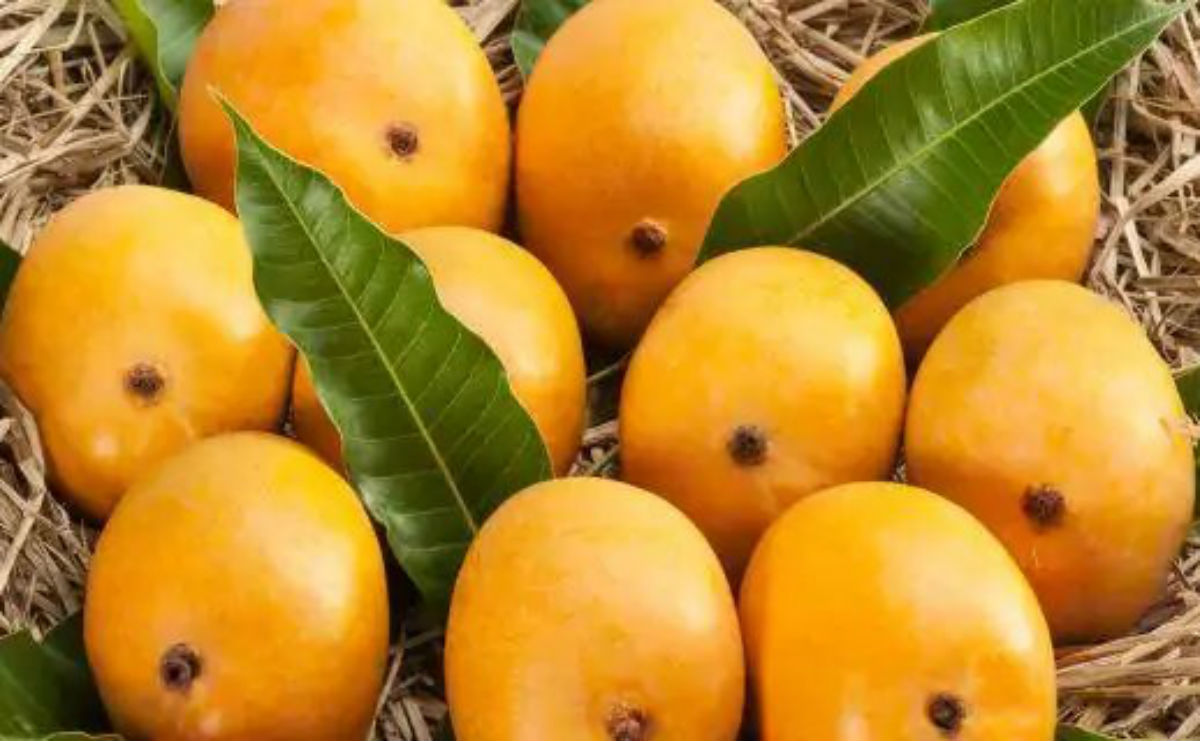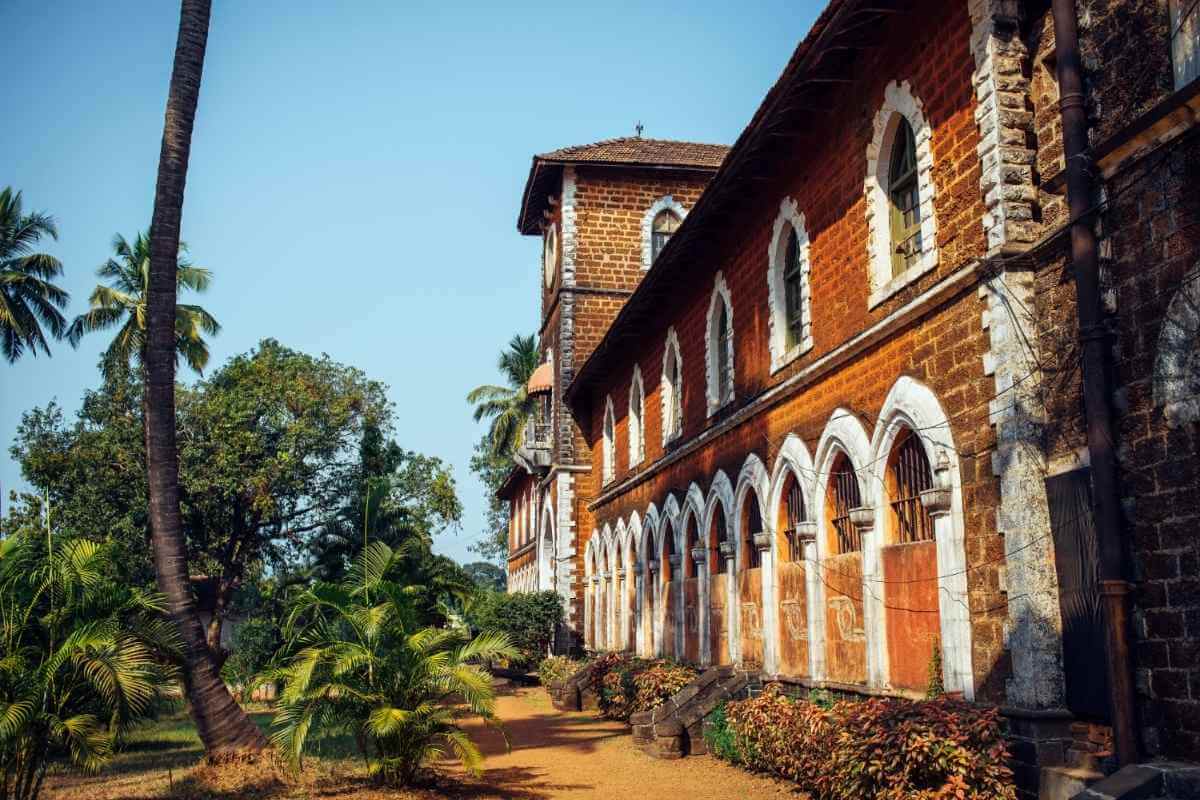Some of the best mangoes in the world come from Goa. History indicates that modern grafting techniques introduced by the Jesuits in the 16th century made this possible.
Coming to Goa to preach and promulgate their faith, the Jesuits resorted to various means to get through to the non-catholic population. One of these means was teaching them to graft local mangoes so as to produce some of the best-grafted varieties in the world.
According to a report in the Times of India, “The original Jesuit Seminary ‘Casa Professa’, Old Goa would send out its seminarians, in its bid to gain conversions, to teach the rich gentry of Chorao Island this art of grafting. Till date, this island boasts of superior quality of these originally grafted Alphonso mangoes.”

Although, the earliest origins of the fruit in India can be traced to the north-eastern borderland (Myanmar) and find mention in the Rig Vedas and the Upanishads, as well Indian mythology, the present day internationally famed varieties, particularly the Mankurad, Hilario, Alphonso among others have arisen due to the grafting techniques.
Sources in the report further indicate that “In 1575 The Jesuits brought the art of grafting to Goa introducing us to the best techniques of grafting particularly that of air-layering (Gootee) or inarching (approach grafting). This was practiced in Goa up till 1986. However, the process was too tedious. Farmers then shifted to R S Amin’s system of stone grafting.”
In fact, according to the Times of India report, it is believed that Goan mangoes became an eventual diplomatic tool for the Portuguese. By the end of the 16th century, Goa’s economy was boasting of a huge mango export to India and around the world. They vowed the Portuguese nobility and were later grown in large scale in Brazil and the Caribbean. Colonial records today reveal an impressive 106 varietals of ‘Magnifera Indica’ in Goa alone.
It is also indicated that Emperor Akbar encouraged the presence of Jesuits from Goa in his courts applauding their expertise in fruiticulture, especially in mangoes.

Naming the grafted mangoes was another story. As the practice of grafting spread among the locals, several distinctive varietal names were developed either according to the surnames of influential families, landlords, kings, and even saints. The ‘Hilario’ named after its grafter Hilario Fernandes or the ‘Xavier’ after Goa’s patron saint are two examples.
Revealing the kingly status of the Malcurado, Times of India states that the iconic Malcurado (meaning badly coloured in Portuguese and Mankurad in Konkani) holds sway as the king of mangoes for its golden colour, lack of fibrosity and complex taste of honey-caramel tempered with a taste of allspice and cinnamon. The succulent Hilario (Mangilar) that supplements the waning Mankurad at the end of the season towards May come a close second. Introduced in the 1960s by the owner of the same name, it has grown in popularity within a short span of four decades.
According to the Times of India report, there are also a few legends connected with the naming of mangoes. A rare variety the ‘Jesuíta’ mango is named after the Jesuits for their enormous contribution. Fibrous in nature with a thick skin it can be identified by its sweet and sour after taste. The legend of the ‘Alfonso’ is another. Some argue it’s named after Alfonso de Albuquerque, others believe it’s named after its grafter Nicolau Afonso and yet another group believe it is named after Jesuit saint Alphonso Rodriquez of Spain. ‘Bispo’ or ‘Bisma’ mango is, as legend would have it, refer to the Bishops’ fat belly.
Image Source: The Health Site

























